|
The Biotechnology Industry Organization convention official tally was 16,505 attendees (representing the US and 65 countries) as reported by Mass High Tech . In 2007, pre-recession, 22,000 attended, when the convention was last held in Boston. It is rumored that BIO will be back in Boston at the Convention Center again within the decade.
The convention kicked-off with a ribbon cutting ceremony on Tuesday June 19. Many officials were present, including Massachusetts Governor Deval Patrick, Lt. Gov. Tim Murray, and Boston Mayor Thomas Menino. The convention was touted by Mayor Menino's office as bringing $26.8 million to Boston.
The convention was a major venue for deal-making. According to Joe Colangelo from BIO, 25,291 one-on-one partnering meetings took place with life science companies in pharma and biotech as well as service providers to the industry, a new record for 2012. From 2007 to 2012, the number of one-on-one partnering meetings jumped 100%. Companies from 58 countries participated.
Many of the international companies come to BIO for precisely this reason. Representatives from Spain mentioned in a BIO interview that they had 400 one-on-one meetings set up for companies from Spain. Spain's pavilion was in the exhibit hall and His Royal Highness King Juan Carlos also attended the convention.
The main floor of the exhibition stretched for four football fields, and included delegations from 49 of the 50 states.
Main Theme of the BIO Convention
The main theme throughout the convention was "How do we fix healthcare and maintain innovation?" The answer was collaboration among industry, academics, regulatory, healthcare providers, and patients. Without collaboration, future innovation will be at risk.
At the Ernst and Young Annual Biotechnology Industry Report session, the panel came up with an acronym that reinforces collaboration across all segments of the healthcare/medical/regulatory industry by engaging regulatory and patients into the process. The acronym is "HolNet," defined as the following:
Holistic - holistic medicine across the value chain and cycle of care
Open - open sharing of information with members and public
Learning - from each other
Network - from across the ecosystem
They also discussed collaboration for pooling data, or pre-competitive data, and creating standards for pooling Big data or good data. There is a lot of data out there, but it doesn't necessarily mean that all data is relevant. It all depends on how the experiment is designed or done.
At the "Pre-competitive Collaboration: Innovative of the Future" session, pre-collaboration is said to be the growing driver for innovation and increased productivity in biotechnology. The panel was presented by industry (Chris Viehbacher, Sanofi/Genzyme and Jan Lundberg, Eli Lilly); academics (William Chin, Harvard Medical School); Government (Janet Woodcock, FDA and Francis Collins, National Institute for Health); and patient advocacy (Margaret Anderson, FasterCures). The panelists agreed that collaboration is important, but the real question is, How do you implement collaboration when the goals of each stakeholder are different? How do you satisfy each stakeholder? Companies are naturally competitive in getting products to market, according to Chris Viehbacher.
William Chin, Executive Director of Research, Harvard Medical School, commented that we also need to understand diseases better in order to develop new treatments. Chin has 10+ years experience in both academia and industry and is very familiar with the priorities of each. He gave the example of Sickle Cell Anemia. We understand what causes Sickle Cell Anemia, but we don't know what to do about it. We need to understand systems pharmacology in order to develop drugs.
Systems Biology Breakout Session
Systems pharmacology, coined by William Chin, is another term for systems biology, a process that leads to better understanding of diseases and their treatment. This leads me to the session I moderated on Thursday, June 21st, entitled "Using Systems Biology to "Fast Track" Development and Approval of Novel Therapeutics and Diagnostics." Four speakers discussed the systems biology approach and the benefits of using systems biology for drug discovery from different perspectives. I received great feedback on our session.
1) David Hill, Associate Director for the Center of Cancer Systems Biology, Dana Farber Cancer Institute, gave an overview of systems biology defined as understanding how cells behave both at a macro and cellular level as networks and related networks that can lead to finding relevant biomarkers and targets for diseases.
2) Candida Fratazzi, President of Boston Biotech Clinical Research, gave a presentation on clinical trial design focusing on biomarker strategy and patient stratification to obtain better efficacy and fewer side effects thereby requiring fewer patients than standard trials. Smaller patient trials result in less costly trials.
3) Carl Barrett, VP of Translational Science in the Oncology Innovative Medicines Unit at AstraZeneca, gave examples of using systems biology and how it helped to identify better targets with better efficacy.
4) Nikolai Kley, Founder and VP of Discovery Biology for Forma Therapeutics, gave examples of his experience using systems biology to help de-risk the technology process in attracting venture funding and partnerships.
I am fortunate to have been interviewed by BIO regarding our session on systems biology and how this approach will lead us to discover drugs with better efficacy and fewer side effects based on patient phenotypes or subclasses of patients bringing us closer to personalized medicine. My speakers were also interviewed for their expertise and experience in systems biology based on their presentations. To view each speaker's interview click on the video's below.
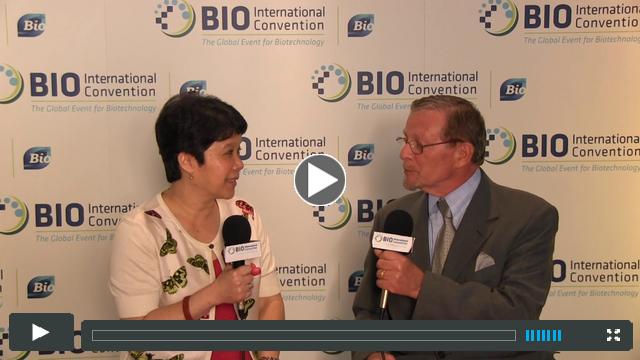 | Interview with Regina Au
Principal, Strategic Marketing Consultant at BioMarketing Insight
|
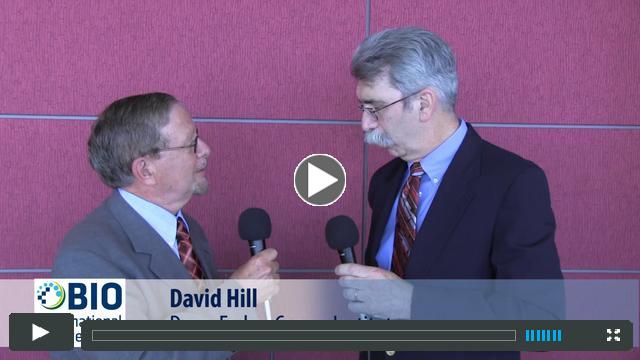 | Interview with David Hill
Associate Director for the Center of Cancer Systems Biology, Dana Farber Cancer Institute
|
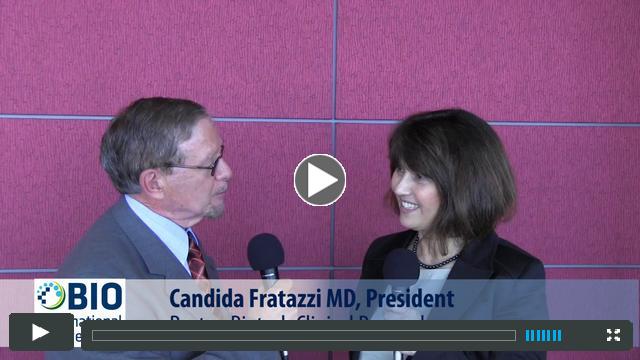 | Interview Candida Fratazzi
President of Boston Biotech Clinical Research
|
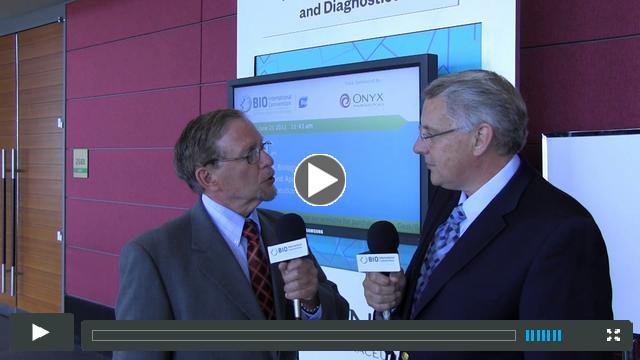 | Interview with Carl Barrett
VP of Translational Science in the Oncology Innovative Medicines Unit at AstraZeneca
|
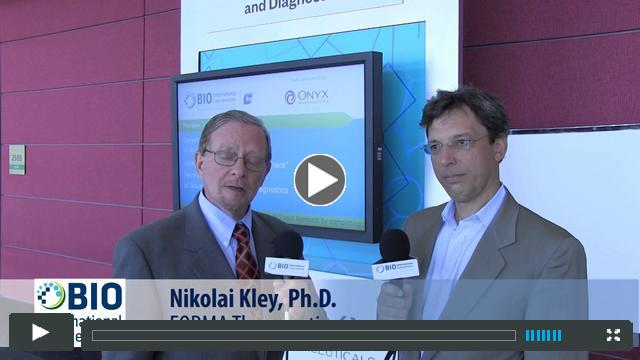 | Interview with Nikolai Kley
Founder and VP of Discovery Biology at Forma Therapeutics
|
For those who were not able to attend this session or BIO, I will be putting the audiotape and slides presentation for our session up on my website. So stay tuned for more information. Closing Thoughts Using the Systems Biology approach will speed up the overall drug development process, which is one of the road blocks in getting drugs to market today. It will require more time up-front in understanding diseases better, but it will result in better targets suggesting combination drugs in smaller doses and varying dosage regiments (scheduling). The biggest reward will result in smaller trials and faster drug approval in getting the product to market. Systems biology has proven to be beneficial at a number of academic institutions, such as Dana Farber Cancer Institute, MIT and to reiterate what William Chin from Harvard Medical School mentioned, we need to understand systems pharmacology. Pharmaceutical companies such as Astra Zeneca and Forma Therapeutics are making significant advances using this approach, as mentioned above. Systems biology is beginning to be adapted more widely, as demonstrated by a recent article in the Drug Discover Today, May 2012 issue entitled "Systems Chemical Biology and the Semantic Web: What they mean for future of drug discovery research."
Contact me should you have any questions or feedback on this topic. Top |